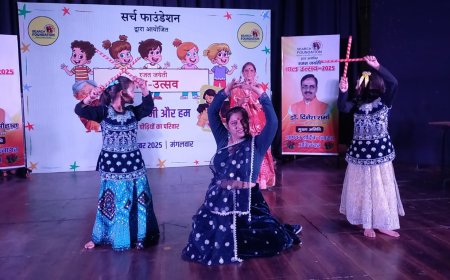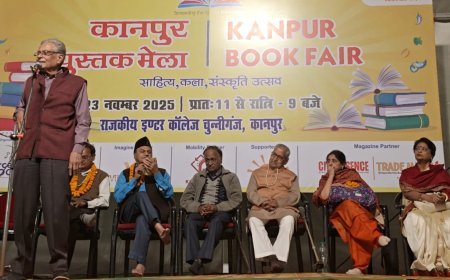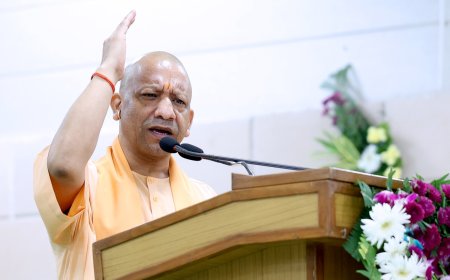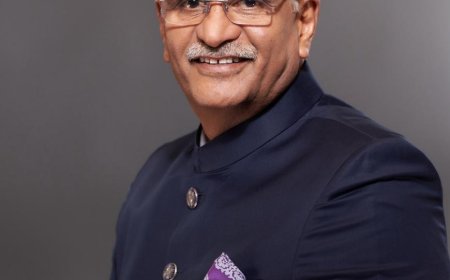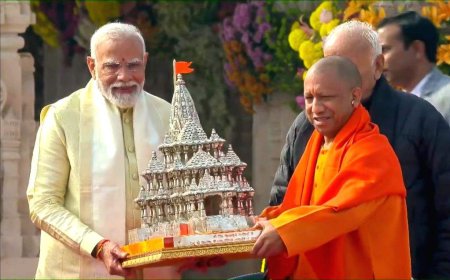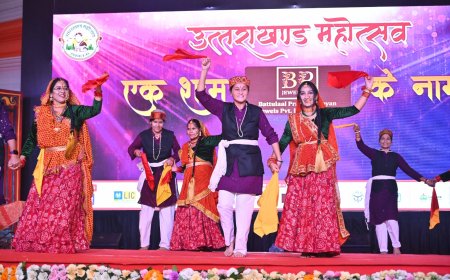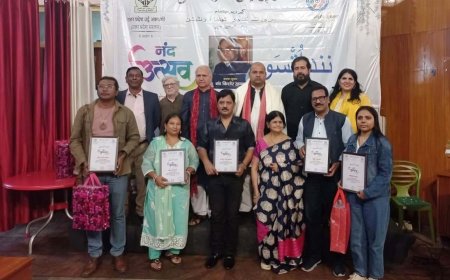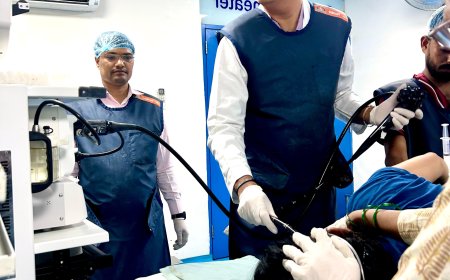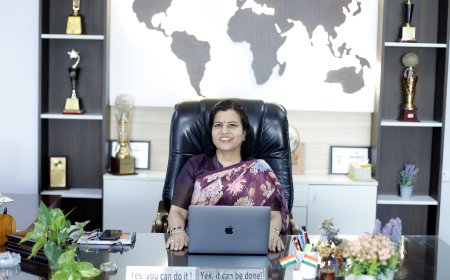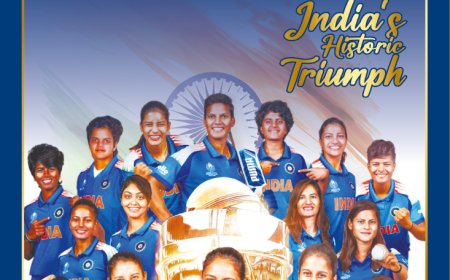India's Women in Blue: A Symphony of Resilience and Brilliance at the 2025 World Cup

In the sweltering embrace of Navi Mumbai's DY Patil Stadium, under lights that pierced the October night like a thousand dreams, India's women's cricket team didn't just play—they conquered. They scripted a chapter for the ages, chasing down 339 against the seven-time champions Australia in the semifinal of the ICC Women's World Cup. Jemimah Rodrigues' unbeaten 127, a tapestry of grit and grace woven over 134 balls, wasn't merely a century; it was a manifesto of what this team has become: unyielding, unbreakable, and utterly alive. Paired with Harmanpreet Kaur's explosive 89 from 78 deliveries—nine fours and three sixes that echoed like thunderclaps—they forged a 216-run stand that turned despair into delirium.
India crossed the line at 341 for 5 with nine balls to spare, shattering the record for the highest successful chase in women's ODI history and ending Australia's 32-match unbeaten streak in World Cups dating back to 2017. This wasn't luck; it was the culmination of a campaign defined by redemption, depth, and a quiet ferocity that has propelled them to the final against South Africa on November 2. For a nation that has tasted the final's agony twice before—falling short by 98 runs to Australia in 2005 and nine to England in 2017—this feels like destiny's long-overdue whisper.The road to this pinnacle was anything but linear, a rollercoaster that tested the very soul of Harmanpreet Kaur's squad. Announced on August 19, 2025, by the BCCI, the 15-member unit blended battle-hardened warriors with wide-eyed talents: Harmanpreet at the helm, Smriti Mandhana as vice-captain, and a core featuring Deepti Sharma, Jemimah Rodrigues, Renuka Singh Thakur, Richa Ghosh, Amanjot Kaur, and emerging threats like Pratika Rawal and Sree Charani.
Hosted across India and Sri Lanka in a hybrid format—venues like Guwahati, Indore, Visakhapatnam, and Colombo, with Navi Mumbai stepping in for Bengaluru—the tournament began on September 30 with promise. India kicked off with a bang, dismantling Sri Lanka by 59 runs (DLS) in Guwahati, where Mandhana's elegant strokeplay laid the foundation for 269 for 8. Pakistan followed, succumbing by eight wickets as Mandhana's unbeaten 90 dismantled their bowling, backed by Deepti's 4 for 29 that choked the life out of their innings. England, bristling with pedigree, were next—India edging them by six wickets, Harmanpreet's unbeaten 76 a captain's knock, while Renuka Singh's 3 for 28 sliced through the top order like a surgeon's blade.Yet, shadows loomed. Three straight defeats exposed fractures: a collapse against South Africa, a humbling by Australia in the group stage, and a gritty loss to England that raised specters of old chokes. Mid-tournament, the air was thick with doubt—a jittery mindset, as one analyst noted, where technical lapses met mental hurdles under the weight of home expectations. Attendance swelled to over 25,000 for the New Zealand clash, the highest in group-stage history, but the pressure was a vise.
India, teetering on the edge of elimination, rediscovered their fire against the White Ferns in a do-or-die Super Six encounter. Shafali Verma's aggressive 72 and Richa Ghosh's blistering 45 powered a five-wicket win, a 53-run margin that silenced critics and reignited belief. South Africa, the eventual finalists, were then edged by ten runs on DLS, Deepti Sharma's all-round sorcery—42 with the bat and 2 for 35—proving the difference. West Indies had earlier been routed by 104 runs, Jemimah's 86 and Amanjot's 3 for 31 a masterclass in dominance. By the end, India topped their group with an enviable net run rate, their points tally a testament to selective savagery: five wins from seven completed games, the rain-abandoned Bangladesh match a mere footnote.What elevates this team beyond mere statistics is their alchemy—a seamless fusion of youth's audacity and experience's steel. Batting, long a strength, has evolved into a weapon of precision. Mandhana, the vice-captain with 90 against Pakistan, averages over 50 in the tournament, her silken drives setting aggressive tones. Shafali Verma, the 21-year-old prodigy replacing the injured Pratika Rawal, brings fireworks—her 72 off 68 against New Zealand a reminder of her T20 blitzes, though her semifinal 10 underscored the need for consistency. The middle order, however, is where legends are forged. Jemimah Rodrigues, the 25-year-old Mumbai marvel playing in her hometown cauldron, has been revelation incarnate.
Her semifinal ton—12 fours, two sixes, not an lbw in sight—was monastic in composure, bridging collapses with partnerships that healed wounds. Tournament stats paint her as the run-machine: 350+ runs at a strike rate touching 85, her 86 against West Indies a precursor to this glory. Harmanpreet, 35 and unbowed, blends savagery with savvy—her 76 not out vs England and 89 in the semi a clarion call, her nine unsuccessful reviews a quirky footnote to her tactical acumen. Richa Ghosh, the wicketkeeper-batter, injects acceleration—quick 45s that turn chases into cruises—while Amanjot Kaur's 30s in the semi added the glue.Bowling, often India's Achilles' heel, has transformed into a pack hunt. Deepti Sharma emerges as the linchpin, an all-round colossus with 42 runs and two wickets in the South Africa thriller, her off-spin yielding 10+ scalps at under 4 an over. Renuka Singh Thakur, the pacer with swing like a serpent, boasts 3 for 28 vs England and leads the wicket charts with 12, her new-ball sorcery dismantling openers. Amanjot Kaur's medium-pace has surprised—3 for 31 vs West Indies—while Radha Yadav, returning from injury, snared three in the rain-hit Bangladesh game.
The spin duo of Sneh Rana and Sree Charani adds variety, though pace has been the revelation on these pitches. Fielding? Electric—sharp stops, diving catches, and that semifinal swarm on the pitch, a visceral release of eight years' pent-up emotion.This resurgence isn't serendipity; it's the fruit of introspection. Post the mid-tournament slump, coaching tweaks under Ramesh Powar emphasized mental fortitude—yoga sessions, visualization drills—turning "chokers" into chasers. Home advantage amplifies it: roaring crowds, familiar pitches favoring spin, and the intangible lift of a billion hearts. X buzzes with raw joy—posts hailing "Jemi's tears of triumph," memes of Australia's "Death Star" imploding, hashtags like #WomenInBlue trending globally.
Yet, vulnerabilities linger: top-order fragility (43 for 2 in the semi), over-reliance on middle-order miracles, and a final against South Africa's seam attack, who stunned England with a 251 chase. Tamsin Beaumont's side thrives on pace, but India's depth—bench strength like Harleen Deol and Arundhati Reddy—could counter.As November 2 dawns, India stands on glory's precipice, unbeaten in knockouts at home. This isn't just a team; it's a movement, blending Rodrigues' quiet fire, Harmanpreet's roar, and Deepti's quiet menace into something transcendent. A maiden title would redefine legacies, but win or lose, they've already etched immortality. In the words of a tearful Jemimah post-match, crediting parents and teammates: "We've waited for this." The wait ends soon—and when it does, the world will remember the night India didn't just chase runs, but history itself.
What's Your Reaction?










